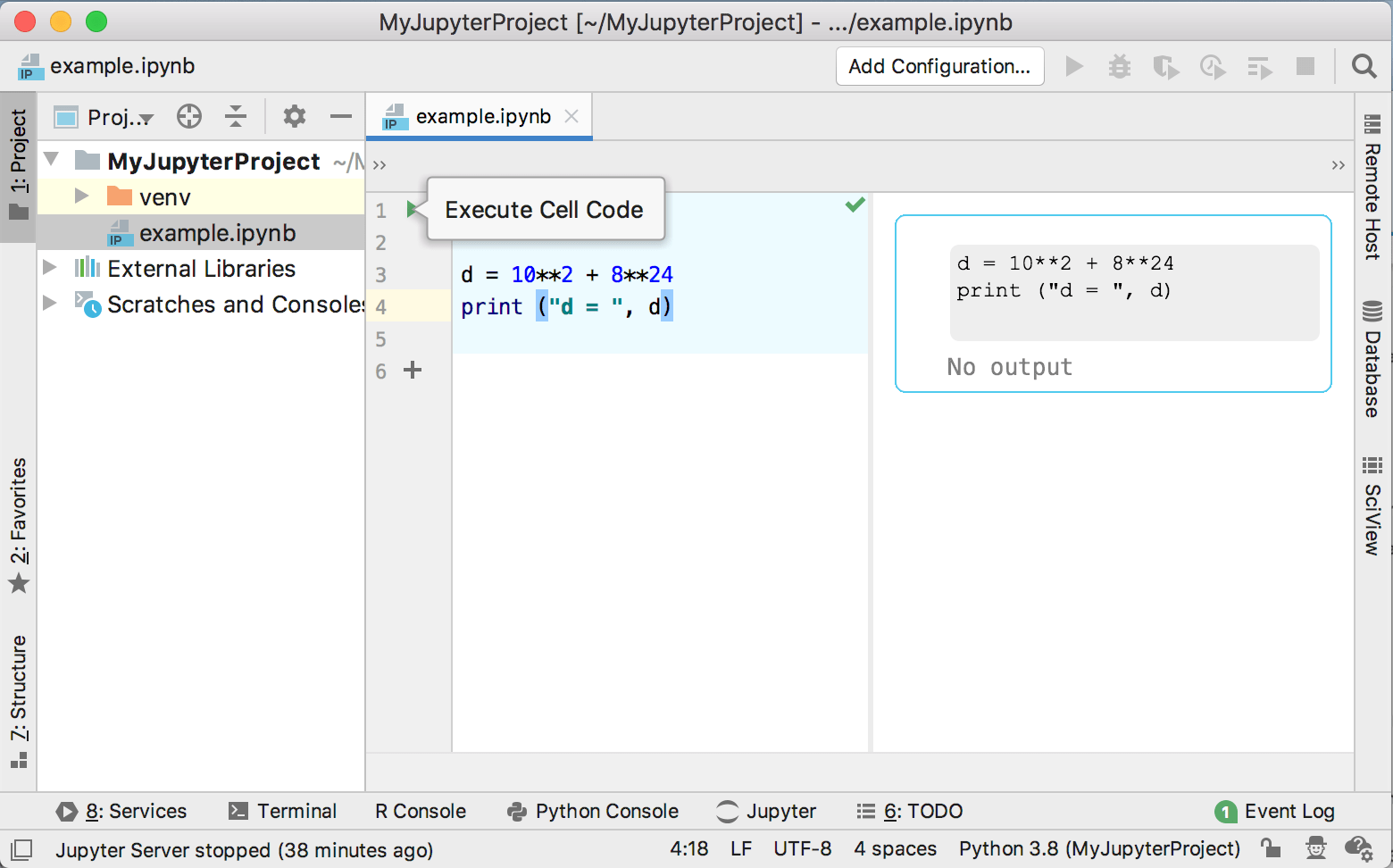

You can include additional information about individual cells in a notebook using the options in the cell toolbar: You can create a new cell by pressing Shift+Enter, or by clicking Insert on the menu ribbon, which gives you the option to insert a new cell above or below your current cell. See the Use functions in a cell section below to learn more. To run a Python function, provide the function's syntax and any arguments required or accepted by the function.
JUPYTER NOTEBOOK SHORTCUTS INSERT CELL FULL
When authoring notebooks, use full paths to directories and files in the workspace directory.įor example, use /arcgis/home/test.gdb instead of home/test.gdb.

When writing Python code, typing certain strings, such as from or the equal sign ( =), will prompt the notebook to automatically recolor or highlight them for clarity. Code-The notebook will interpret all content in a code cell in the Python language.The following are the three available types: When you have selected a cell with your pointer, you can change the cell's type using the drop-down list on the toolbar. There are three types of cells you can use in a notebook. This topic walks through the basic commands and aspects of working in Notebooks, including shortcuts and best practices. ArcGIS Notebooks runs a Jupyter notebook environment, which provides a streamlined cell-based workspace.


 0 kommentar(er)
0 kommentar(er)
